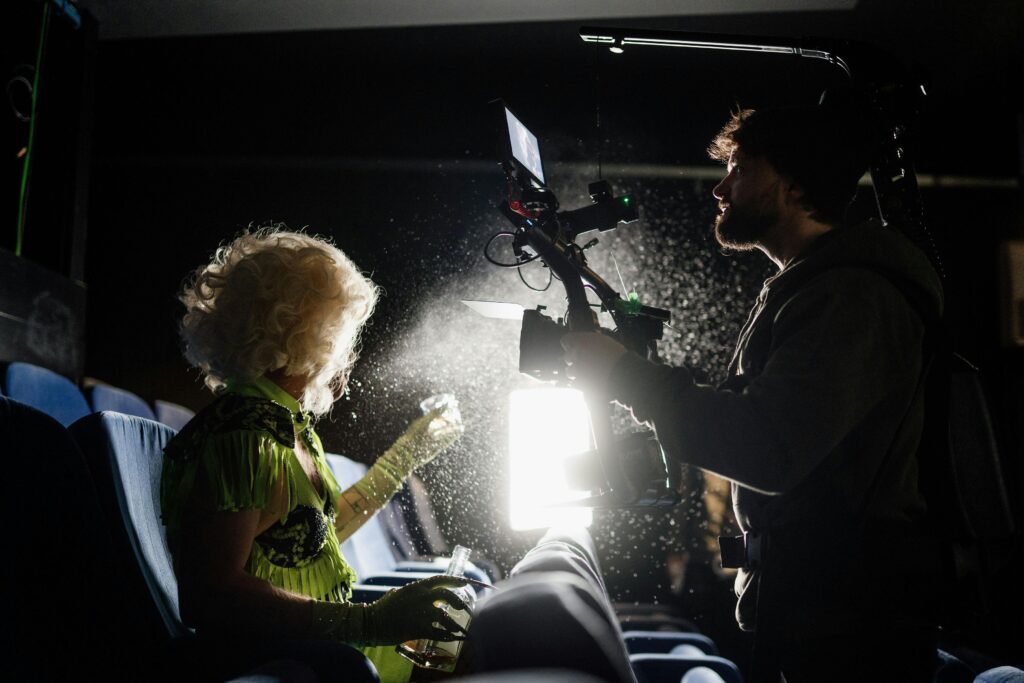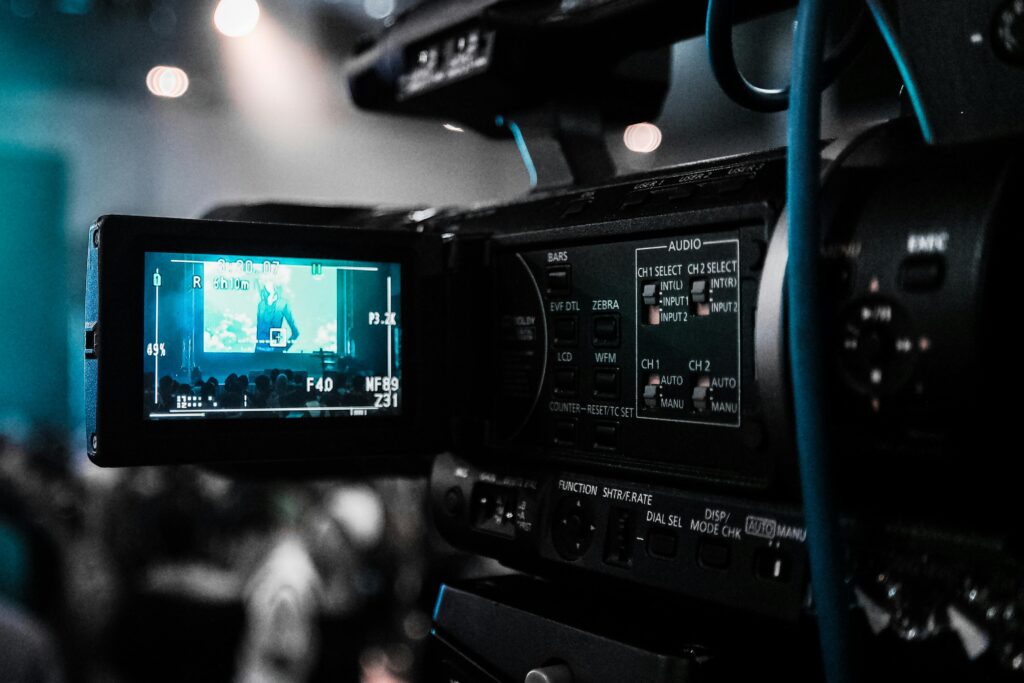In the intricate world of film production, numerous specialized roles collaborate to bring a director’s vision to life. One such pivotal position is that of the gaffer. But what is gaffing in film, and why is it essential to the filmmaking process?
The Gaffer’s Role in Film Production
The gaffer, also known as the chief lighting technician, is responsible for designing and executing the lighting plan for a film. Working closely with the director of photography (DoP), the gaffer ensures that each scene is illuminated to achieve the desired visual mood and aesthetic.
Key Responsibilities of a Gaffer
- Collaborating with the DoP: Understanding the director’s vision and translating it into a practical lighting setup.
- Planning and Budgeting: Determining the necessary lighting equipment and ensuring it aligns with the production’s budget.
- Supervising the Lighting Crew: Leading a team of lighting technicians to set up and adjust lighting as required.
- Ensuring Safety: Overseeing the safe installation and operation of all electrical equipment on set.
Historical Origins of the Term ‘Gaffer’
The term “gaffer” has its roots in British English, where it was used as a colloquial term for an old man or foreman. In the context of film, it refers to the chief lighting technician, a role that has evolved significantly with advancements in lighting technology and cinematography.
Gaffer vs. Key Grip: Understanding the Difference
While both the gaffer and the key grip play crucial roles on set, their responsibilities differ:
- Gaffer: Focuses on the electrical aspects of lighting, designing and implementing the lighting plan.
- Key Grip: Manages all non-electrical equipment, such as rigs and supports, ensuring cameras and lights are positioned correctly.
In essence, the gaffer handles the “light,” while the key grip manages the “shadow.”
Essential Skills and Qualifications for a Gaffer
To excel as a gaffer, one should possess:
- Technical Expertise: Comprehensive knowledge of lighting equipment and electrical systems.
- Artistic Sensibility: An eye for how lighting affects mood and storytelling.
- Leadership Abilities: Effective communication and team management skills.
- Problem-Solving Skills: Ability to adapt and find solutions to on-set challenges.
Pathway to Becoming a Gaffer
Embarking on a career as a gaffer typically involves:
- Education: Pursuing courses in electrical engineering or film production.
- Hands-On Experience: Gaining practical experience through internships or entry-level positions in the lighting department.
- Networking: Building relationships within the industry to discover opportunities and learn from seasoned professionals.
Common Questions About Gaffing in Film
What is the average salary of a gaffer?
Salaries can vary based on experience and project scale. On average, gaffers earn between $19,000 and $129,000 annually, with a median of approximately $54,700.
Do gaffers need formal education?
While formal education in electrical engineering or film studies can be beneficial, hands-on experience and industry connections are often more critical in this field.
How does a gaffer collaborate with other departments?
The gaffer works closely with the DoP, director, and key grip to ensure the lighting aligns with the film’s visual and narrative goals.
Conclusion
Understanding what gaffing in film entails highlights the importance of lighting in storytelling. The gaffer’s expertise ensures that each scene is visually compelling, contributing significantly to the film’s overall impact.
For more insights into the roles within film production, consider exploring resources like ScreenSkills and MasterClass.


